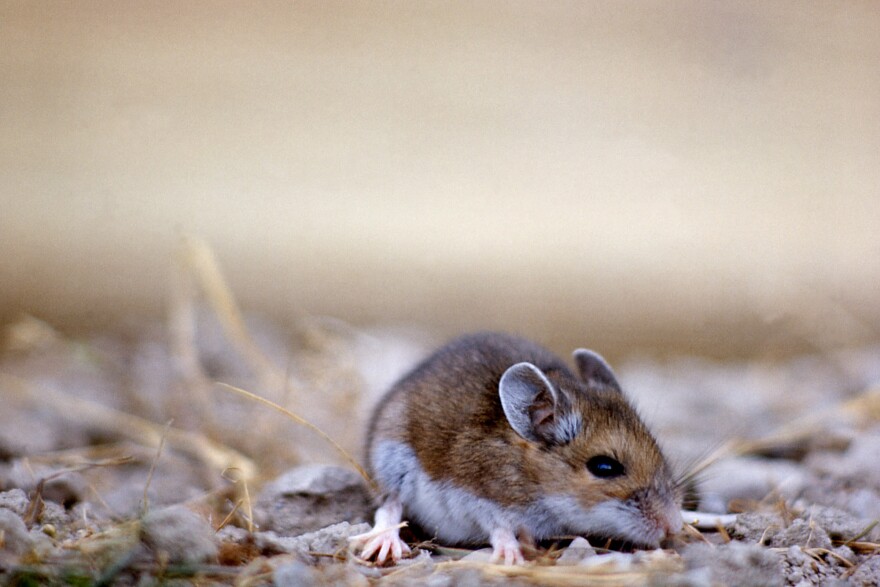How Long Does Hantavirus Live in Droppings? Key Insights
Share
The question of how long does hantavirus live in droppings is crucial for anyone concerned about health and safety, especially in areas susceptible to rodent activity. Hantavirus is a serious illness that can result from exposure to rodent droppings, urine, or saliva. To effectively manage this concern, it is imperative to understand the lifespan of this virus in the environment.
Understanding the characteristics of hantavirus is the first step in protecting yourself and your loved ones. Not only does knowledge safeguard against potential health risks, but it also empowers you to take appropriate measures in your living spaces. This comprehensive article aims to provide insights into the longevity of hantavirus in droppings, the risks associated with it, and how to effectively mitigate those risks.

The Life Cycle of Hantavirus
Hantavirus is primarily associated with various rodent species, particularly the deer mouse. The virus remains in the environment through the excretions of infected rodents. It's important to know that viruses can have different survival times based on environmental conditions, and for hantavirus specifically, it can persist in droppings for several days to weeks.
According to research, the lifespan can vary significantly due to temperature, humidity, and other environmental factors. In typical conditions, hantavirus may survive in dried droppings for up to two to three days. When conditions are more favorablesuch as humidity levels being higherthe virus can linger for longer periods, sometimes as long as a few weeks. It's essential to note that even when droppings appear dry, they can still pose a health risk.

Health Risks Associated with Hantavirus
Hantavirus poses health risks mainly through inhalation of infected particles found in rodent waste. This risk is significant for individuals who engage in cleanup activities without proper protection. The most severe manifestation of hantavirus exposure is Hantavirus Pulmonary Syndrome, a rare but serious respiratory disease. Symptoms may not appear until one to six weeks after exposure, which can lead to delayed diagnosis and treatment.
Beyond respiratory issues, hantavirus can cause a range of symptoms including fever, fatigue, and muscle aches. It's essential for anyone who suspects exposure to seek medical assistance promptly.

Precautions to Take When Handling Rodent Droppings
To protect yourself from hantavirus, it is crucial to adopt safety measures when dealing with potential rodent infestations. Here are some effective practices:
- Wear Protective Gear: Always wear gloves and a mask when cleaning areas where rodent droppings may be present. This helps prevent inhalation of particles.
- Thoroughly Ventilate: Open windows and doors before starting the cleanup process to allow fresh air circulation, which can reduce airborne virus particles.
- Use Proper Cleaning Techniques: Avoid sweeping or vacuuming droppings as this can aerosolize virus particles. Dampen the droppings with a disinfectant solution before using a damp cloth to wipe them up.

Environmental Factors Affecting Hantavirus Lifespan
As mentioned earlier, environmental conditions play a significant role in determining how long hantavirus can remain viable in droppings. Here are some factors that influence its survival:
Temperature
Hantavirus tends to survive longer in cooler conditions. In warm environments, the viability of the virus diminishes faster. In fact, studies indicate the virus can be effectively neutralized in temperatures above 60 degrees Fahrenheit.
Humidity
High humidity levels can help preserve hantavirus viability. On the contrary, dry conditions can lead to a quicker inactivation of the virus, emphasizing the importance of regular inspection and taking immediate cleaning actions in humid areas.
Surface Type
The material on which hantavirus droppings are deposited also matters. Hard surfaces may retain the virus longer compared to porous surfaces. Therefore, it is crucial to identify and disinfect all types of surfaces that may have come into contact with rodent droppings.
Conclusion
Understanding how long does hantavirus live in droppings is critical in preventing potential health hazards. While the virus can survive from days to weeks under favorable conditions, implementing safety measures during cleanup can significantly reduce the risk of exposure. Regular inspection of living spaces can aid in early detection and help mitigate rodent infestations before they pose health risks.
For extensive guidelines on maintaining a clean rodent-free environment, consider reading more from sources like Top Misconceptions About Rodents.
FAQs About Hantavirus
1. What are the signs of hantavirus infection?
Symptoms usually include fever, muscle aches, fatigue, headaches, and gastrointestinal issues. Severe cases can progress to respiratory distress.
2. How can I prevent rodent infestations?
Seal entry points in your home, keep food in airtight containers, and maintain clean surroundings to deter rodents.
3. What should I do if I find rodent droppings?
Use protective gear, ventilate the area, and safely clean droppings with disinfectants. Avoid stirring up dust.
As an Amazon Associate, I earn from qualifying purchases.
